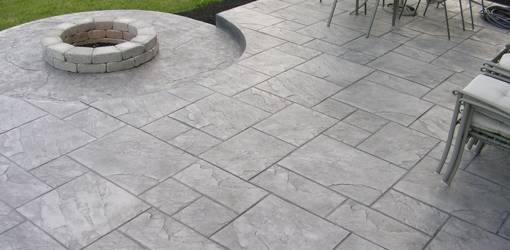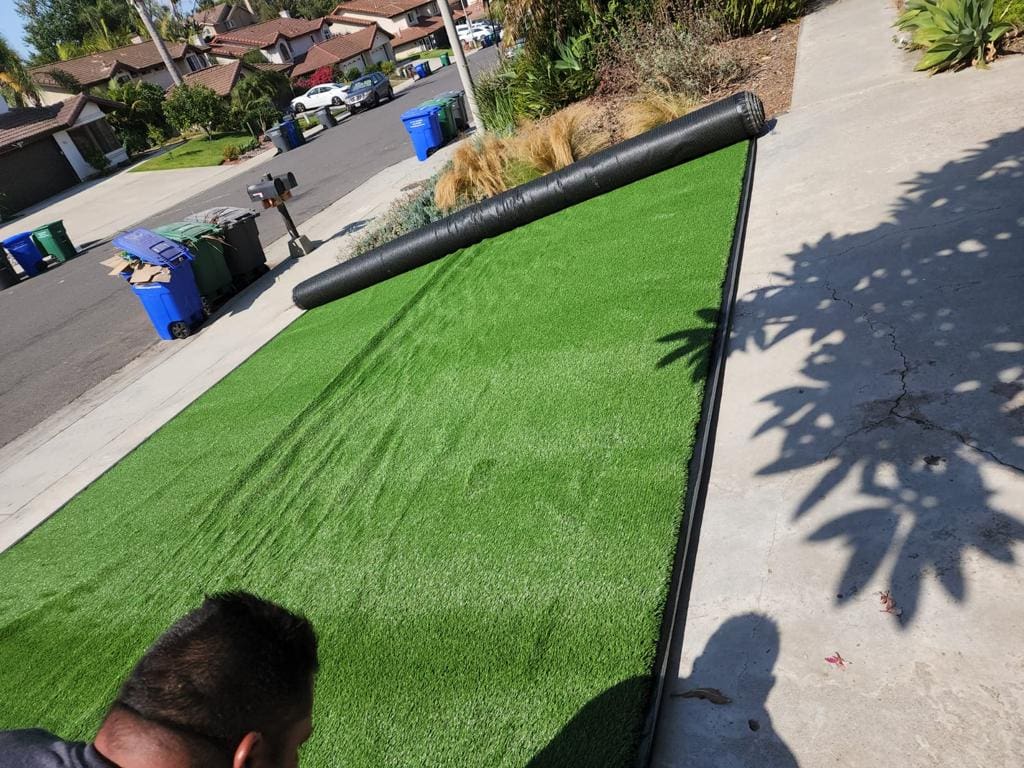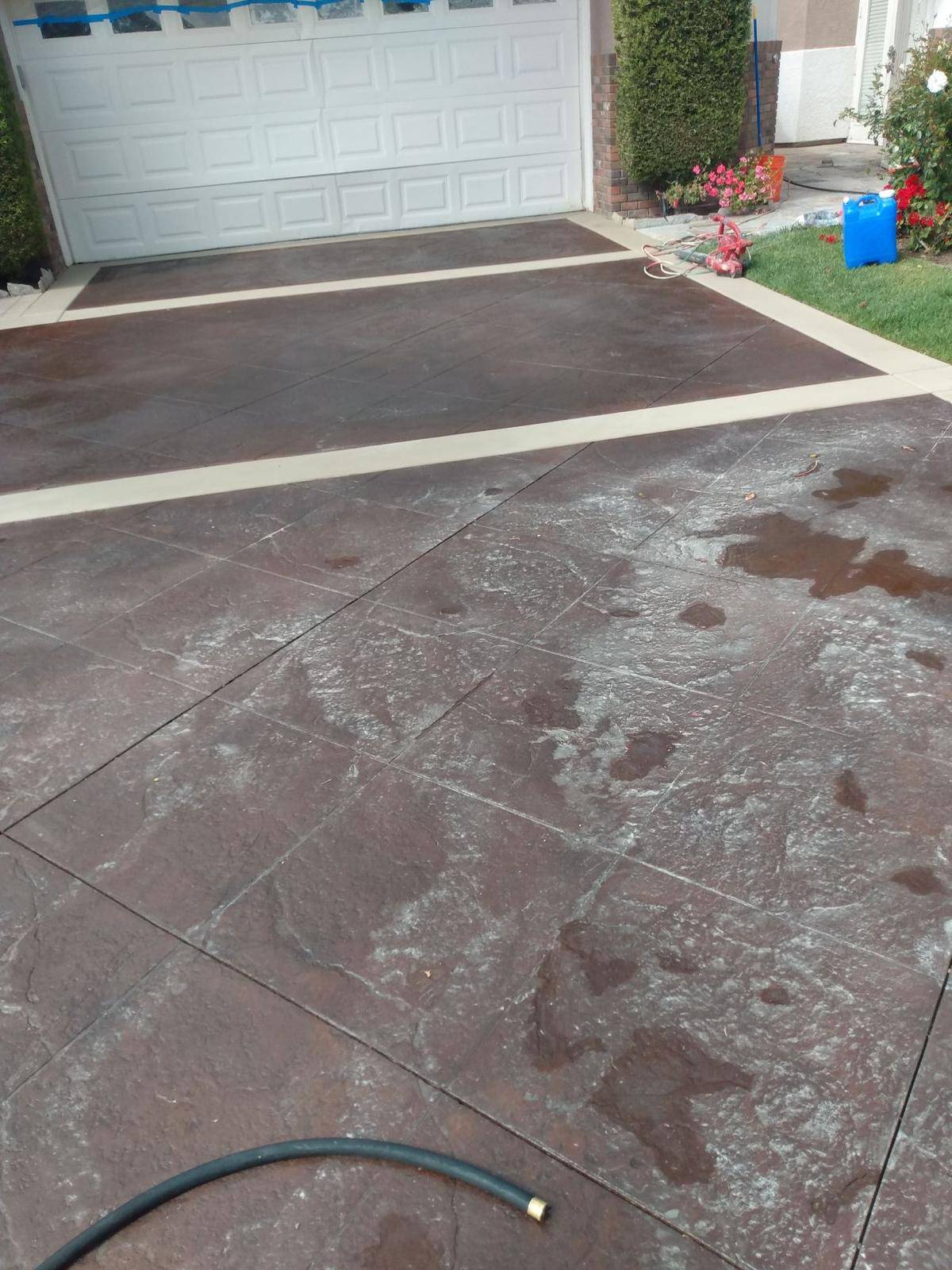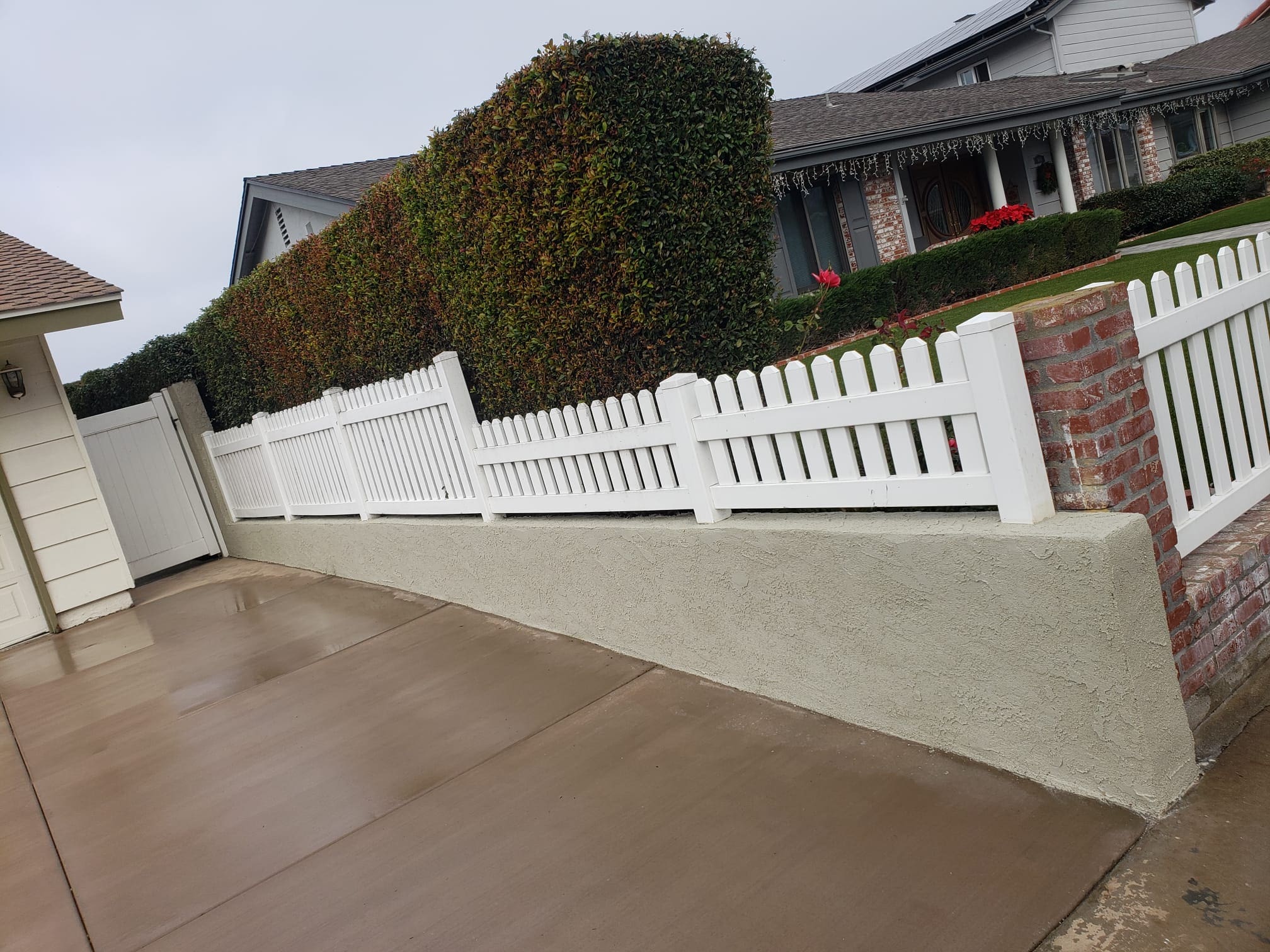
San Diego Retaining wall installation
Below is detailed information about Retaining wall installation requirements in San Diego.
Retaining Wall Installation Requirements in San Diego
You will need to Understand the Importance of Retaining Walls.
Retaining walls is crucial in managing soil erosion, especially in areas with significant elevation changes. They are commonly used in residential, commercial, and public spaces to create level areas for gardens, patios, driveways, and buildings. In San Diego, retaining walls are essential due to the state’s varied geography, which includes mountains, hills, and coastal areas.
Regulations for Retaining Wall Installation in San Diego
Before you install a retaining wall in San Diego, you must check the specific regulations set forth by local building codes and zoning laws. These regulations ensure the structure’s safety and stability.
Permits and Approvals
In San Diego County, retaining walls over three feet tall typically require a building permit (check with your local county office for rules and regulations). You will need to submit detailed plans and specifications to the San Diego building department for approval. These plans should include information on the wall’s height, length, materials, drainage, and structural design.
Structural Design
The structural design of a retaining wall is critical to its stability and longevity, significantly if it exceeds four feet in height or supports a surcharge, such as a driveway or building. Your Contractor or designer should consider factors like soil type, slope, drainage, and seismic activity.
Material Selection
Choosing suitable materials for your retaining wall is essential for durability and compliance with local regulations. Common materials include concrete, stone, brick, and timber. Each material has advantages and limitations, so it’s essential to select one that suits your project’s needs and complies with building codes.
Soil and Site Analysis
A thorough analysis of your property/project soil and site conditions is crucial before installing a retaining wall. San Diego has a diverse Landscape, which means different soil types that can vary significantly from one location to another. Conducting a soil analysis will help you to determine the soil’s load-bearing capacity, drainage characteristics, and potential for erosion. This information will be valuable and important for your contractor when designing a stable and effective retaining wall.
Drainage Considerations
Your contractor will install Proper drainage, which is a key factor in retaining wall installation. Water can accumulate behind your wall; without adequate drainage, it will increase the pressure and potentially cause wall failure. San Diego County’s building codes require retaining walls to have an efficient drainage system, which may include weep holes, perforated pipes, and gravel backfill. These measures help redirect water away from the wall, and will ensure its stability.
Educate yourself for the different Types Of Retaining Wall available for your project
Different types of retaining walls are suitable for various applications and site conditions. Here are some common types that you can use in San Diego:
Gravity Walls
Gravity walls rely on their weight to hold back the soil. They are typically concrete or stone and suitable for four-foot tall walls. These walls are relatively simple to construct but require careful consideration of their weight and stability.
Cantilevered Walls
Cantilevered walls are reinforced with steel bars and anchored into a concrete footing. They are more suitable for taller walls and can support significant loads. These walls are commonly used in residential and commercial projects.
Anchored Walls
Anchored walls use cables or other reinforcement elements anchored into the soil behind the wall. This design provides additional support and is ideal for walls that need to withstand high loads or have limited space for a wide, broad base.
Sheet Pile Walls
Sheet pile walls are made of steel, vinyl, or wood planks driven into the ground. They are commonly used in areas with loose or soft soil and are effective for temporary and permanent applications.
If you need a reliable contractor to build your retaining wall, contact us at 619-818-0113. We can help.
Or Email us: Info@calcleanseal.com
Conclusion
Retaining walls is essential in San Diego, providing stability and preventing soil erosion in diverse terrains. Understanding the retaining wall installation requirements in San Diego is crucial for ensuring your project complies with local regulations and remains safe and functional. Following the guidelines outlined in this blog, you can successfully plan, design, and build a retaining wall that meets all necessary standards and stands the test of time.
If you have any questions or need further information, feel free to reach out to us:
Email: info@calcleanseal.comPhone: (619-818-0113)





